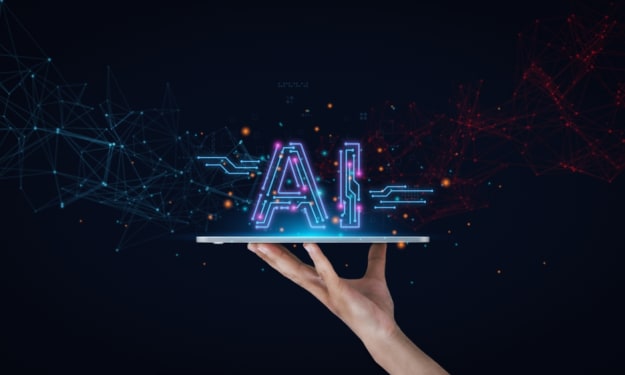Python: Advanced AI Techniques
Automate and Simplify Your Life with These Handy Python Tools

In the vast realm of machine learning, while some techniques gain widespread acclaim and are often the first tools in an AI practitioner's kit, many powerful methods remain relatively unsung. These under-the-radar techniques, though lesser-known, can dramatically enhance model performance, reduce training times, and even provide robustness against unforeseen challenges. Let's dive deep into five such advanced techniques that promise to elevate your machine learning projects to new heights.
Transfer Learning with Smaller Networks
While transfer learning with large models (e.g., VGG, ResNet) is common, it's also effective with smaller networks, especially when computational resources are limited.

What it does: Transfer learning involves using a pre-trained model (a neural network trained on a large dataset) as a starting point, and then fine-tuning it on a smaller, domain-specific dataset. By leveraging smaller networks like MobileNet, you can retain a significant amount of knowledge from the pre-trained model while reducing computational costs.
Advantages: Faster training times and reduced computational resources compared to larger networks. It's beneficial when your dataset is small and computational resources are limited.
Hyperband for Hyperparameter Tuning
Hyperband is an adaptive resource allocation and early-stopping strategy to speed up random search.

What it does: Hyperband is a method for hyperparameter optimization that cleverly allocates computational resources. It runs configurations for varying amounts of time to find the best ones faster than traditional random or grid search.
Advantages: Faster convergence to optimal hyperparameters, meaning you can find the best model settings in less time. It reduces the time spent evaluating sub-optimal configurations.
Cyclic Learning Rates
Instead of a constant or decreasing learning rate, cyclic learning rates oscillate between a lower and upper bound, which can lead to faster convergence.

What it does: Instead of using a fixed learning rate during training, cyclic learning rates oscillate between a minimum and maximum value. This oscillation can help the model escape local minima in the loss landscape.
Advantages: Can lead to faster convergence and better final performance. Reduces the need for manual learning rate tuning.
Self-training with Noisy Student
This technique involves training a student model with the predictions of a teacher model, augmenting the data with noise.

What it does: This technique involves using a well-trained model (the "teacher") to generate predictions on unlabeled data. These predictions, potentially with some added noise, are then used as "pseudo-labels" to further train another model (the "student"). The process can be iterative, where the student can become the teacher for the next round.
Advantages: Can lead to improved performance by leveraging unlabeled data. This is especially beneficial when labeled data is scarce but you have access to plenty of unlabeled data.
Capsule Networks
Capsule Networks (CapsNets) offer a way to capture spatial hierarchies between features, making them robust to spatial variations.

What it does: Traditional neural networks sometimes struggle with recognizing spatial hierarchies between features. Capsule Networks aim to overcome this by ensuring the network recognizes patterns in the presence of spatial variations. A "capsule" in this context is a group of neurons that captures a specific feature and its various properties.
Advantages: Capsule Networks are more resistant to adversarial attacks and are better at retaining spatial hierarchies in image data. They can recognize the same object in various poses and spatial configurations.
One-shot Learning
What it does: One-shot learning is a classification task where one, or only a few, examples are available to learn from. This is particularly useful in scenarios where data collection is challenging or expensive.

Attention Mechanisms in Neural Networks:
What it does: Originally designed for sequence-to-sequence tasks in NLP, attention mechanisms allow models to focus on specific parts of the input when producing an output, enhancing performance especially for tasks like translation.

Temporal Difference Learning
What it does: This is a model-free reinforcement learning method which learns by comparing the difference between predicted and actual rewards over sequences of states.

Embedding Layers for Categorical Data:
What it does: Embedding layers map discrete categorical data to dense vectors of fixed size. They are heavily used in NLP but can also be utilized for other categorical data.

Conclusion
These techniques are just a starting point. Depending on the problem, combining multiple techniques and experimenting with variations can lead to even better results! In essence, each technique offers a unique way to address certain challenges in machine learning, from speeding up training to making models more robust to variations in data.
About the Creator
The Skilled Coder
Sharing content and inspiration for programming. My posts will be beneficial for beginners and experienced software developers.






Comments
There are no comments for this story
Be the first to respond and start the conversation.